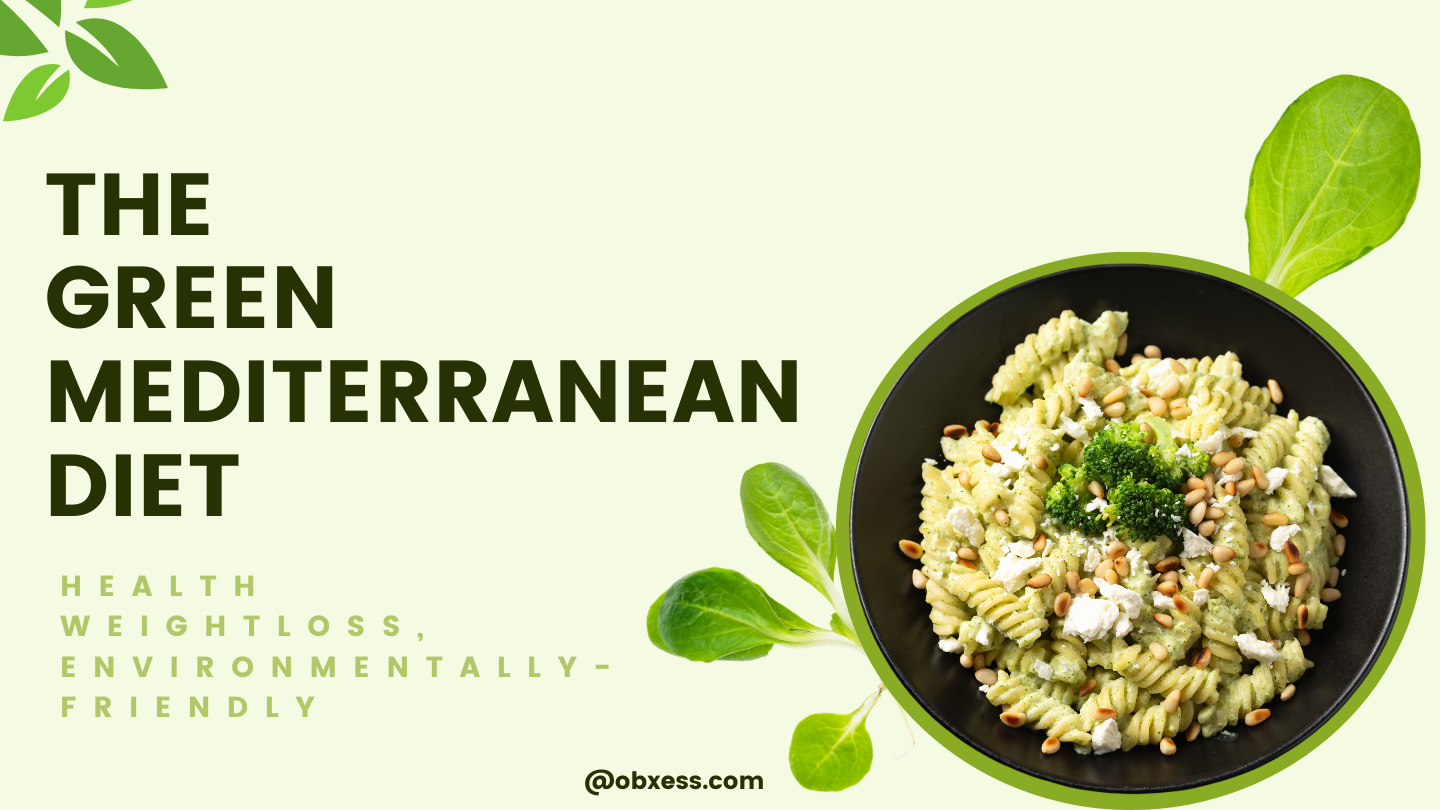You’ve most likely heard of the Mediterranean diet. It’s one of the most highly recommended diets for heart health, longevity, and overall wellness. I’ve even dabbled in it myself, embracing the olive oil, fresh veggies, and occasional glass of red wine. But this year, the Green Mediterranean Diet, a twist on the classic Mediterranean diet, has emerged, and it’s become one of the hottest trends in nutrition.
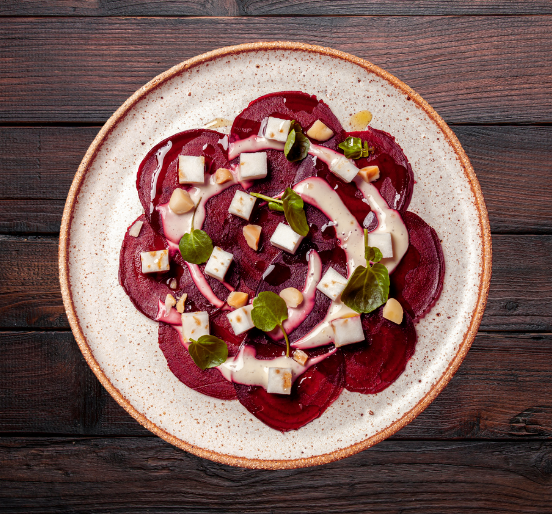
So, what’s different about the “green” version? And is it worth giving up our regular diet staples for something a bit more eco-conscious and plant-forward?
What is the Green Mediterranean Diet?

At its core, the Green Mediterranean Diet builds on the classic Mediterranean approach by focusing even more heavily on plant-based foods. While the traditional diet includes fish, poultry, and small amounts of dairy, the green version swaps much of this out for even more greens, plant-based proteins, and sustainable food sources. It’s all about getting maximum nutrients while reducing the environmental impact of your food choices.
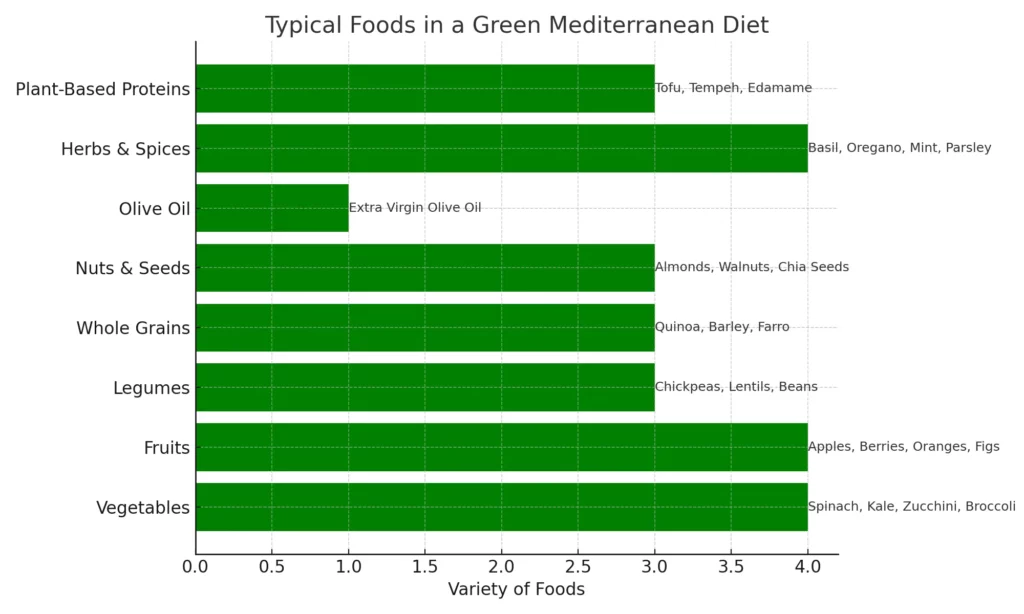
The Green Mediterranean Diet emphasizes:
- Green, leafy vegetables: Think kale, spinach, collard greens, and chard.
- Plant-based proteins: Instead of relying on meat protein, this diet encourages legumes, nuts, and seeds as primary protein sources.
- Meats to avoid: All meat. The “green” version typically requires more of a vegetarian approach than the more commonly known and practiced Mediterranean diet.
- Healthy fats: Olive oil remains a staple, but there’s also room for avocado, nuts, and seeds.
- Polyphenol-rich drinks: The green twist includes green tea, which is high in antioxidants and believed to support heart health.
- Seaweed and algae: These superfoods are rich in nutrients and offer a sustainable protein source, making them a key component of the green version.
I have to admit, I was skeptical at first. Cutting down on fish and dairy, both of which I’d come to see as staples in the Mediterranean diet, seemed a bit intimidating. But after trying a few recipes, I quickly realized how delicious—and filling—this plant-forward approach can be.
The Science Behind It
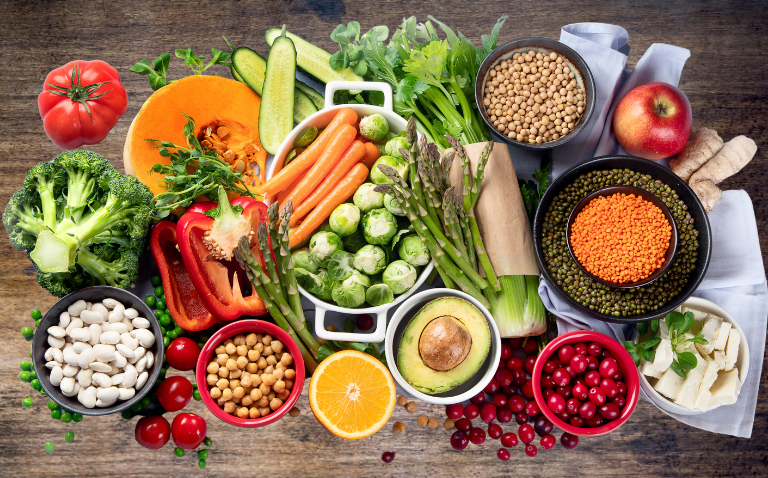
One of the biggest reasons the Green Mediterranean Diet has become so popular is the science supporting it. Recent studies suggest that going “green” can enhance some of the health benefits of the traditional Mediterranean Diet. By emphasizing plant-based proteins and reducing animal-based ones, this diet can further lower cholesterol levels, reduce inflammation, and promote heart health.
Researchers have found that people on the Mediterranean and Green Mediterranean Diet tend to have lower levels of LDL (bad) cholesterol, improved blood sugar control, and a reduced risk of heart disease. The high polyphenol content, which comes from green tea, leafy greens, and other plant-based foods, is believed to be a big contributor to these benefits. Polyphenols are powerful antioxidants that can help reduce oxidative stress—a key factor in aging and disease.
The green version of this diet is also more environmentally friendly, which is a win-win. By choosing plant-based foods over animal-based ones, we can reduce our carbon footprint and support more sustainable food practices. It’s nice to know that by making healthier choices for our bodies, we’re also doing a little bit for the planet.
A Typical Day on the Green Mediterranean Diet
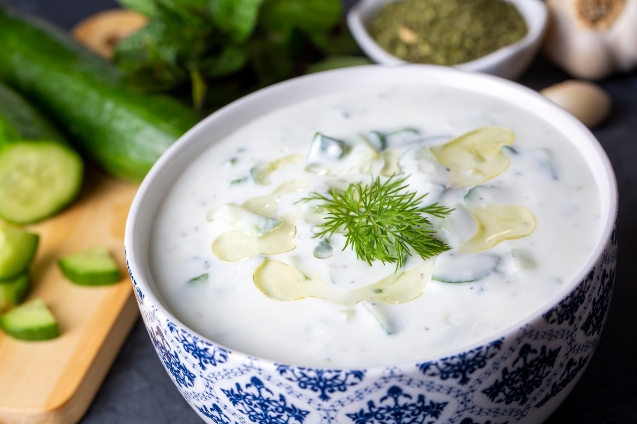
Curious about what a day on the Green Mediterranean Diet looks like? Let me break down a sample day of meals that I tried for myself.
- Breakfast: I started with a green smoothie made with spinach, kale, green apple, and a scoop of plant-based protein powder. I added a handful of chia seeds for a fiber boost and some almond milk to keep it creamy. It was filling and refreshing—a perfect way to start the day.
- Lunch: For lunch, I tried a hearty lentil and chickpea salad with mixed greens, cucumber, cherry tomatoes, and a generous drizzle of olive oil. I topped it with toasted pumpkin seeds and a sprinkle of nutritional yeast for a cheesy flavor. The lentils and chickpeas provided plenty of protein, and the fresh veggies kept it light but satisfying.
- Snack: In the afternoon, I made myself a cup of green tea and paired it with a handful of almonds. Green tea is a staple in this diet for its antioxidant benefits, and it pairs perfectly with crunchy nuts for an energizing snack. Almonds are my go to snack. They’re not fattening and filling.
- Dinner: Dinner was a delicious bowl of quinoa and sautéed veggies—broccoli, zucchini, and green peas—topped with a tahini dressing. I threw in some seaweed flakes for a bit of extra flavor and nutrients.
- Dessert: Yes, dessert is still on the table! I had a few squares of dark chocolate (85% cacao), which fits nicely into the Green Mediterranean Diet as a polyphenol-rich treat.
Overall, I was surprised at how satisfied I felt, even without the usual servings of fish or dairy. The variety of plant-based foods kept things interesting, and I loved how energized I felt by the end of the day.
Benefits I Noticed After Trying It
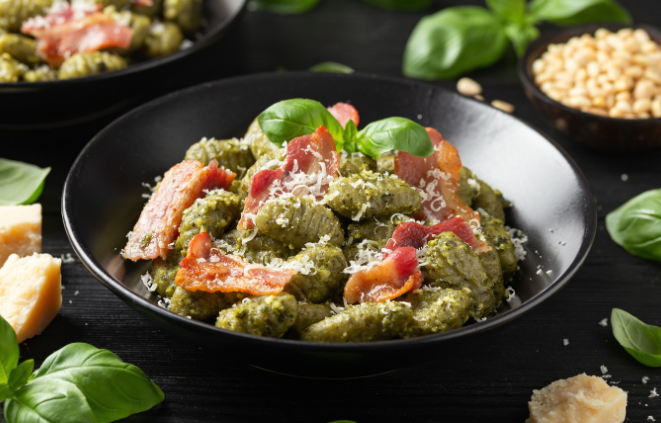
After a week on the Green Mediterranean Diet, I noticed some subtle but welcome changes. First of all, I felt lighter and less bloated—a common perk when switching to a more plant-based diet. My energy levels seemed more stable throughout the day, and I didn’t experience the mid-afternoon energy crash that sometimes happens after a heavier lunch.
My digestion issues stayed away, as I tend to periodically get heart burn and indigestion. My pooping schedule felt healthy and regular from all of the greens I was eating. Another unexpected benefit was the mental clarity I felt. Maybe it was the green tea or the nutrient-rich greens, but I noticed an improvement in focus and mood. It was a gentle reminder that what we eat really does affect how we feel, both physically and mentally.
Tips for Trying the Green Mediterranean Diet
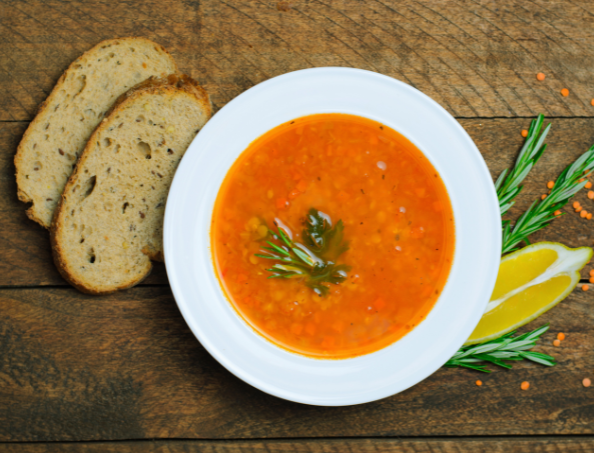
If you’re thinking of giving the Green Mediterranean Diet a shot, here are a few tips that helped me along the way:
- Start Slow: Transitioning to a plant-forward diet can feel overwhelming if you try to do it all at once. Start by incorporating more leafy greens and plant-based proteins into your meals, and gradually cut back on animal products.
- Experiment with Green Tea: Since green tea is a key part of this diet, try finding a type you enjoy. I experimented with matcha lattes, cold-brewed green tea, and even added green tea to smoothies for a nutrient boost.
- Get Creative with Seaweed: Seaweed might seem unusual if you’re not used to it, but it’s actually quite versatile! I found that adding seaweed flakes to salads or using nori sheets as a wrap for veggies added a fun twist to my meals.
- Embrace Healthy Fats: Just because it’s plant-based doesn’t mean it has to be low-fat. Healthy fats like avocado, olive oil, and nuts are staples in this diet, and they help keep you feeling full and satisfied.
- Find Flavorful Alternatives: Nutritional yeast became my best friend for adding a cheesy flavor without dairy, and I experimented with different herbs and spices to keep things interesting.
Is the Green Mediterranean Diet Right for You?
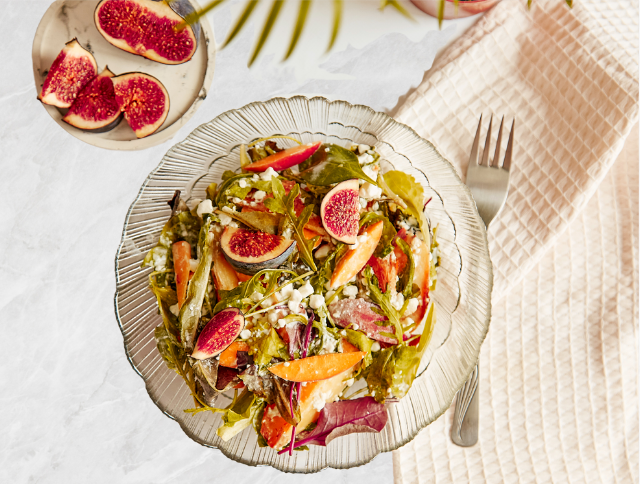
The Green Mediterranean Diet might not be for everyone, but it’s a fantastic option for anyone looking to eat healthier while also considering their environmental impact. It’s a balanced, nutrient-dense approach that doesn’t feel restrictive or overly complicated.
If you’re interested in heart health, reducing your carbon footprint, or simply trying new foods, the Green Mediterranean Diet might be worth exploring. I found it to be a refreshing change from my usual eating habits, and it encouraged me to be more mindful about the types of foods I was putting on my plate. It also left me feeling great, like you just had body detox without having to starve yourself of the delicious foods you love.
Quick and Easy Green Mediterranean Dinner Recipe
Lemon Herb Orzo with Spinach and Chickpeas
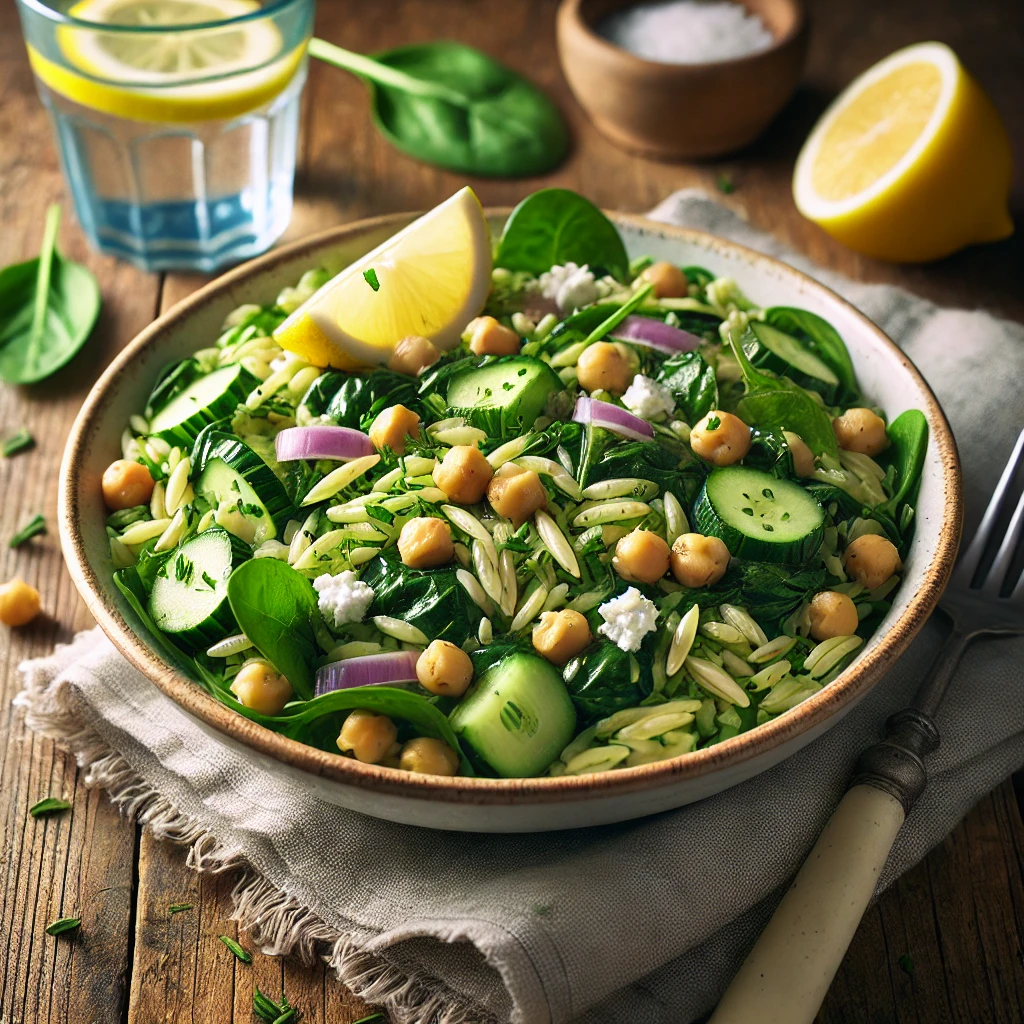
Ingredients
- 1 cup orzo pasta
- 1 can (15 oz) chickpeas, drained and rinsed
- 2 cups baby spinach, chopped
- 1/2 cup cucumber, diced
- 1/4 cup red onion, finely chopped
- 1/4 cup fresh parsley, chopped
- 2 tablespoons fresh dill, chopped (optional)
- 2 tablespoons olive oil
- 2 tablespoons lemon juice
- 1 teaspoon lemon zest
- 1 garlic clove, minced
- Salt and pepper, to taste
- Crumbled feta (optional, for garnish)
Instructions
- Cook the Orzo:
- Boil salted water and cook orzo until tender (about 8–10 minutes).
- Drain and rinse with cold water to cool.
- Prepare the Dressing:
- Whisk together olive oil, lemon juice, lemon zest, garlic, salt, and pepper.
- Mix the Salad:
- In a large bowl, combine cooked orzo, chickpeas, spinach, cucumber, red onion, parsley, and dill.
- Toss with the dressing until evenly coated.
- Serve and Enjoy:
- Top with crumbled feta (optional) and serve immediately or chill for 15 minutes.
Fresh, zesty, and packed with plant-based protein—perfect for a light yet satisfying Mediterranean dinner.
Also Read:

